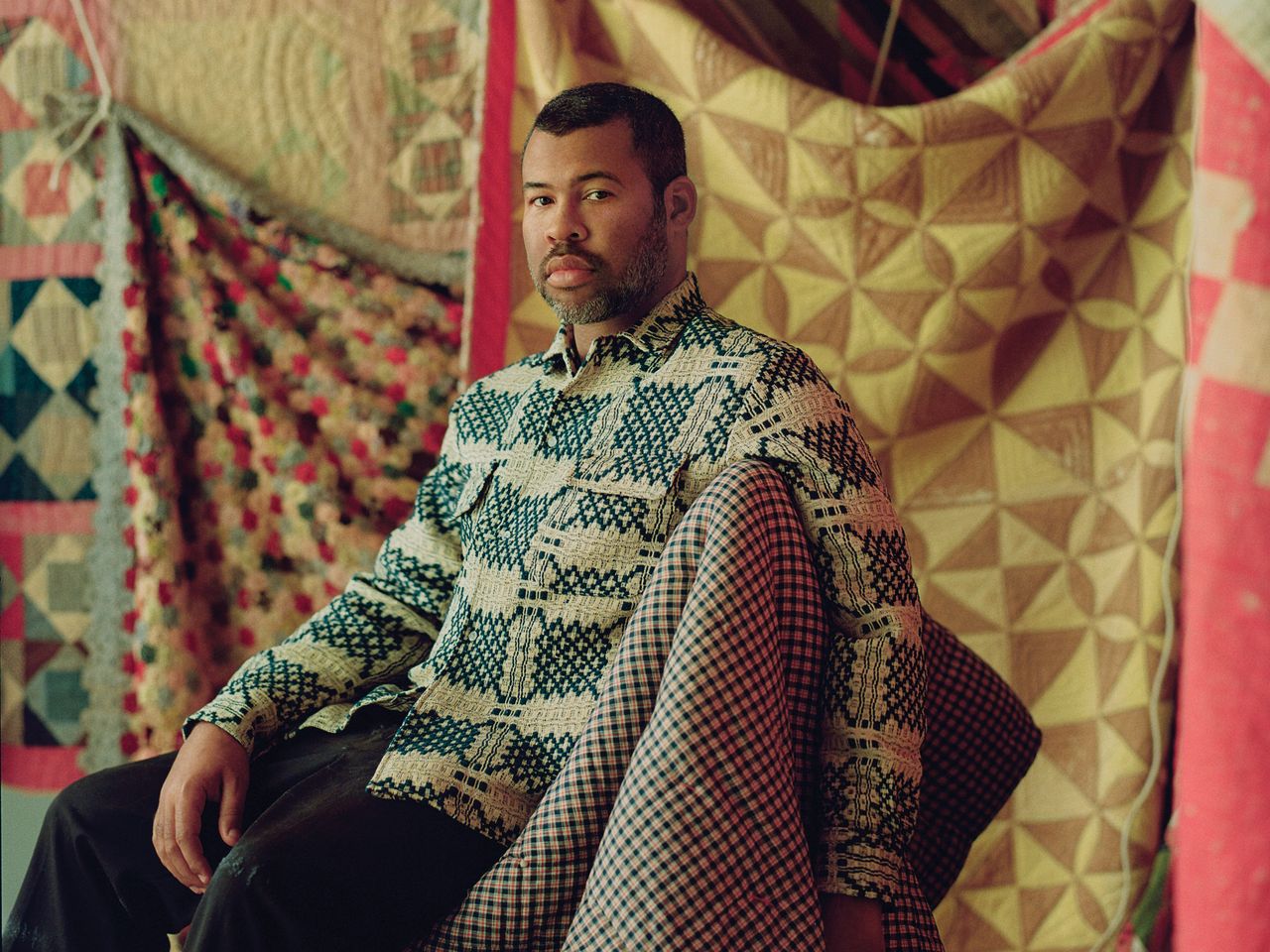Table of Contents Show
The groundbreaking release of comedy actor Jordan Peele’s first horror film shook critics everywhere. With a near 100% rating on Rotten Tomatoes, Get Out (2017) was a show-stopping take on a simple yet menacing concept that reflected racial horrors and discrimination facing Black communities nationwide. His much anticipated second horror film Us (2019) had similar success with dominating box offices and terrifying viewers.
In 2019, Jordan Peele announced he would be co-writing and producing a sequel to the 1992 classic Candyman, set to be released in 2020. While the current pandemic has caused some complication with the release date of the film, trailers have been revealed showing horrifying and gruesome imagery featuring none other than the original Candyman himself, actor Tony Todd. The movie has caused excitement among Jordan Peele and horror fans alike, with high expectations based on the quality of his horror anthology thus far.

Jordan Peele’s horror is especially relevant in today’s political climate. His artful mastery of displaying the horrors of racism in a twisted way, as well as his ability to make political statements out of horror laced with comedy, sets Jordan Peele among some of the greatest producers of our time. He has been compared to Hitchcock, solidifying his presence among not only modern film producers, but the classic staple writers of the horror genre. Regardless of Candyman‘s current release schedule, it is never a bad time to give credit where credit is due by taking a look at Peele’s two influential films and what makes them so groundbreaking.
Jordan Peele’s 2017 Get Out
Filming for the hit movie Get Out began in 2016 after Jordan Peele’s comedy partner Keegan Michael Key introduced him to famous producer Sean McKittrack. Long-time horror fan Jordan Peele had ideas lined up and ready to go, and he hit the ground running with a loaded cast for his debut horror movie Get Out. Daniel Kaluuya and Allison Williams were cast to play an interracial couple going to visit Williams’ parents for the first time.
From the beginning, themes of race and racism are prevalent. Kaluuya’s character Chris jokes with his long-term girlfriend Rose, depicted by Williams, about her parents’ reaction to him being Black. Although Rose assures Chris her parents are liberals who “love Black President Barack Obama,” and will love him, dark imagery foreshadows another plot to be revealed.
Bizarre behavior from Rose’s family maid Georgina, depicted by Black actress Betty Gabriel, immediately warns Chris that something is amiss. It is revealed that Rose’s parents Missy and Dean, depicted by Catherine Keener and Bradley Whitford, have been running an organization that steals the bodies of Black men and women and replaces their brains with those of wealthy white people who have physical ailments causing them to seek out a new vessel. The movie is a rollercoaster of not only horror but political statements and at some points, even comedy.
The Implications Of Race
The plot of the movie is simple: deranged white people are kidnapping and removing the brains of Black people to replace them with the brains of white people. Upon first consideration, this is horrific — however, on further examination, it is the perfect depiction of racism in America.
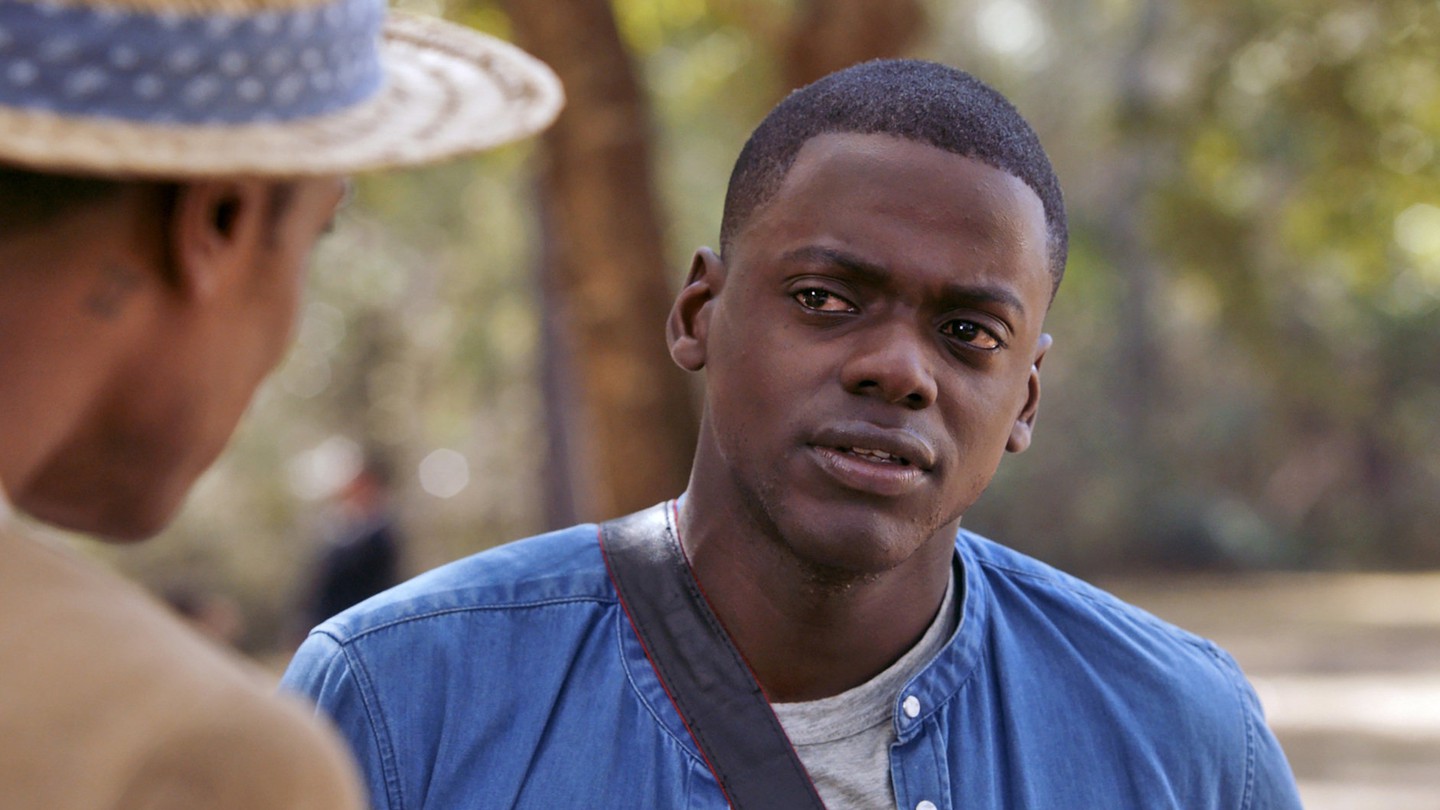
For centuries, white people have appropriated Black culture. This appropriation has come in the form of gentrification, stolen and appropriated fashion styles, and adoption of Black cultural practices. What makes Jordan Peele’s Get Out such a political statement is the depiction of this appropriation in a gruesome way. White people are not appropriating Black culture gently — they are murdering and stealing the bodies of Black men and women. Jordan Peele makes the point obvious to even the most sheltered audience members: the issues facing Black Americans are violent and absurd.
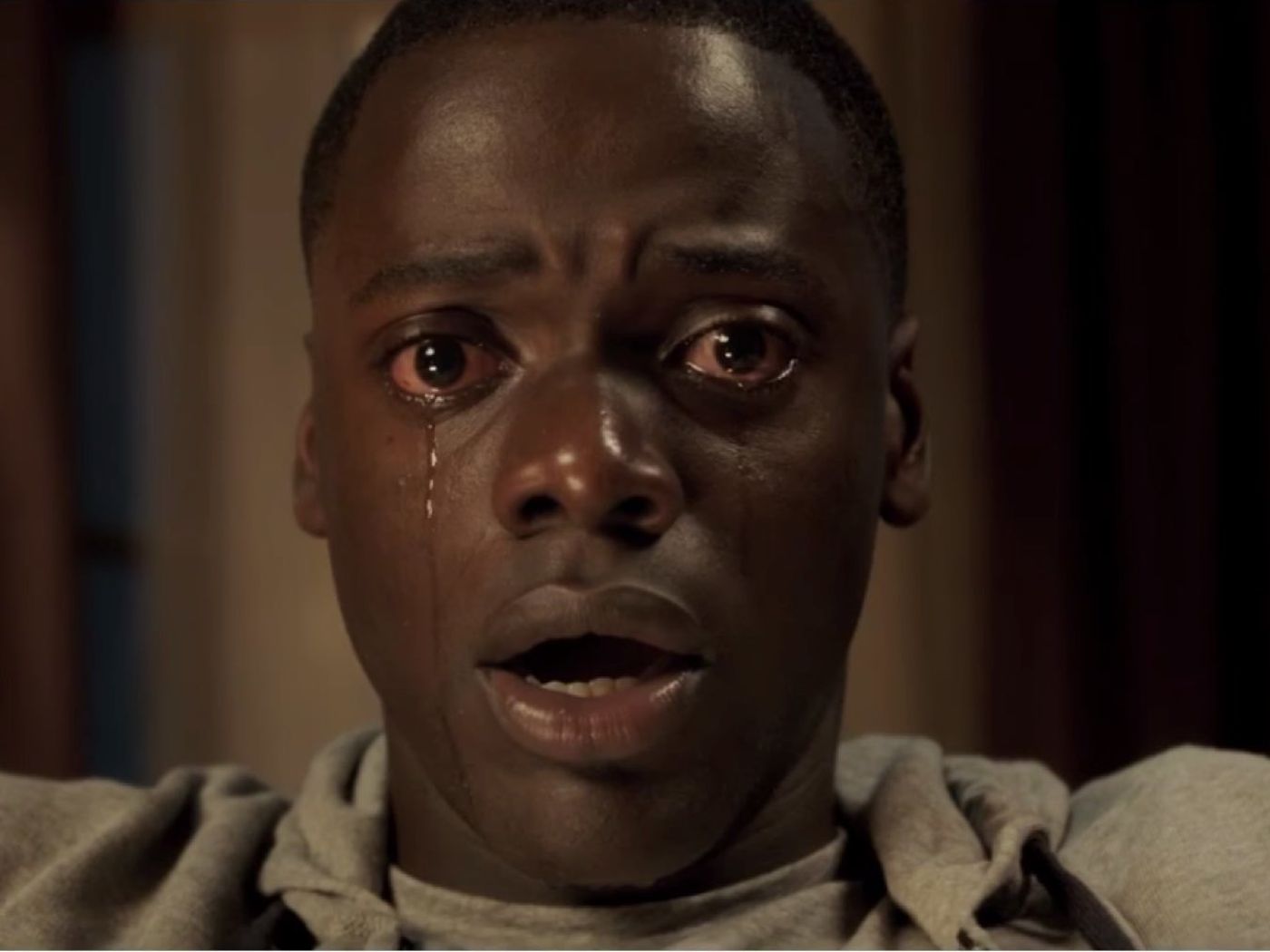
By taking the political statement to another level, Peele is able to both horrify and educate audiences on the perspectives of Black people who face racism every day. Audiences should be questioning why anyone would do something so horrific, and the answer should be that there is no answer other than racism. Those who appropriate Black culture might as well be stealing the bodies of Black people. The silencing and segregation seen even in the smallest micro aggressions are still exactly that: aggressive. Jordan Peele perpetuates this theme in his movie, creating an artful and horrific depiction of racism in America.
Get Out And Its Symbolism
Part of what makes Get Out so incredible is the subtle yet strong imagery that both plays into and strengthens the message behind the movie. In the beginning, Chris’ photography can be seen up on the walls of his apartment with Childish Gambino’s “Redbone” playing in the background. An iconic line of this song is “stay woke…now don’t close your eyes.” Peele has been praised for his ability to spin popular Black musicians’ music into a creepy supplement for his films, and this is no exception.
Eyes and sight play an important role in the film. The movie walks the lines of racial segregation and becomes a racial satire in the way audience members can so clearly see the racism in the film. The movie’s main image, a picture of Chris Washington staring into the camera with a horrified expression, shows the imagery of eyes and sight. In the movie, the plot covers white people putting their brains into bodies of Black people to remedy their own physical ailments. Chris Washington’s visit to his girlfriend’s parents is no mistake, and he catches the liking of a blind art critic who wants his eyes — quite literally.
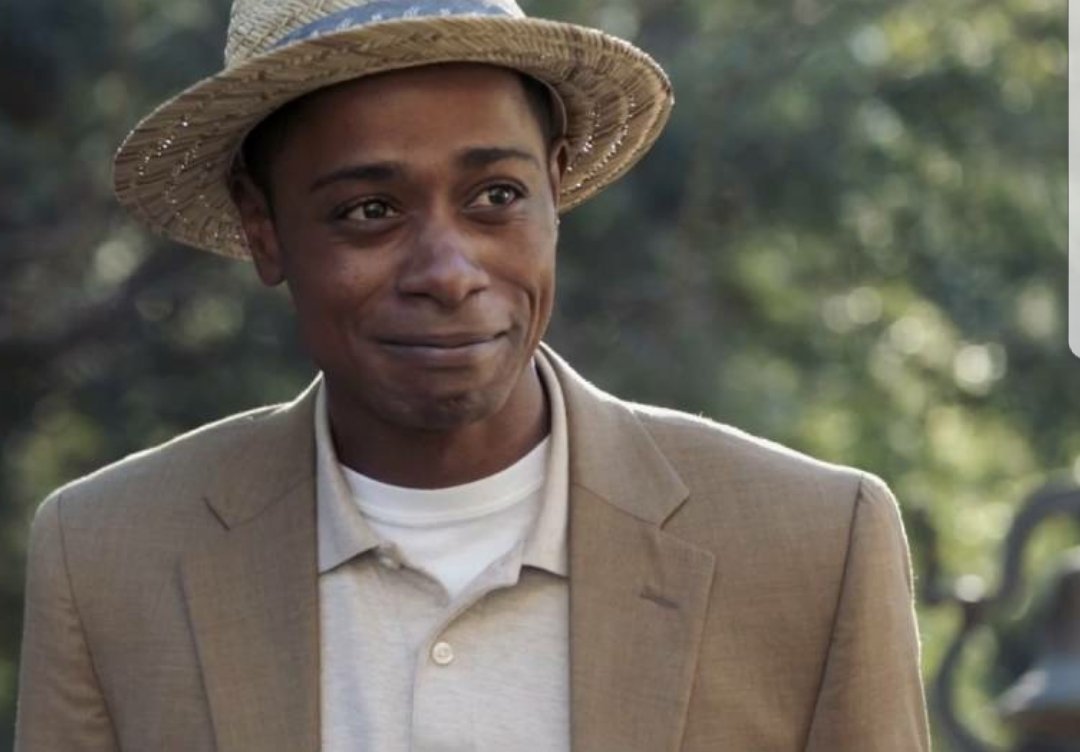
Chris is horrified to find the plans of Rose’s parents to replace his brain with that of the white art critic so he can use his eyes to gain vision. This plot point is a reflection of the benevolent racism present in today’s society — that of white people silencing Black people by appropriating and stealing their voice, vision, and in this case, bodies.
Eyes play a significant role of imagery within the film. Frequently, those Black persons whose bodies have been stolen can be seen crying or with troubled expressions in their eyes. Lakeith Stanfield depicts Andre Hayworth in the film, whose body has been stolen by a white man. Chris takes a photo of him, and the flash triggers Andrew Hayworth’s voice to come to the surface, who still exists within his body, but is muffled by Logan King’s brain. Andre warns Chris to leave the home as soon as possible, using the feature title to warn him to “get out.”
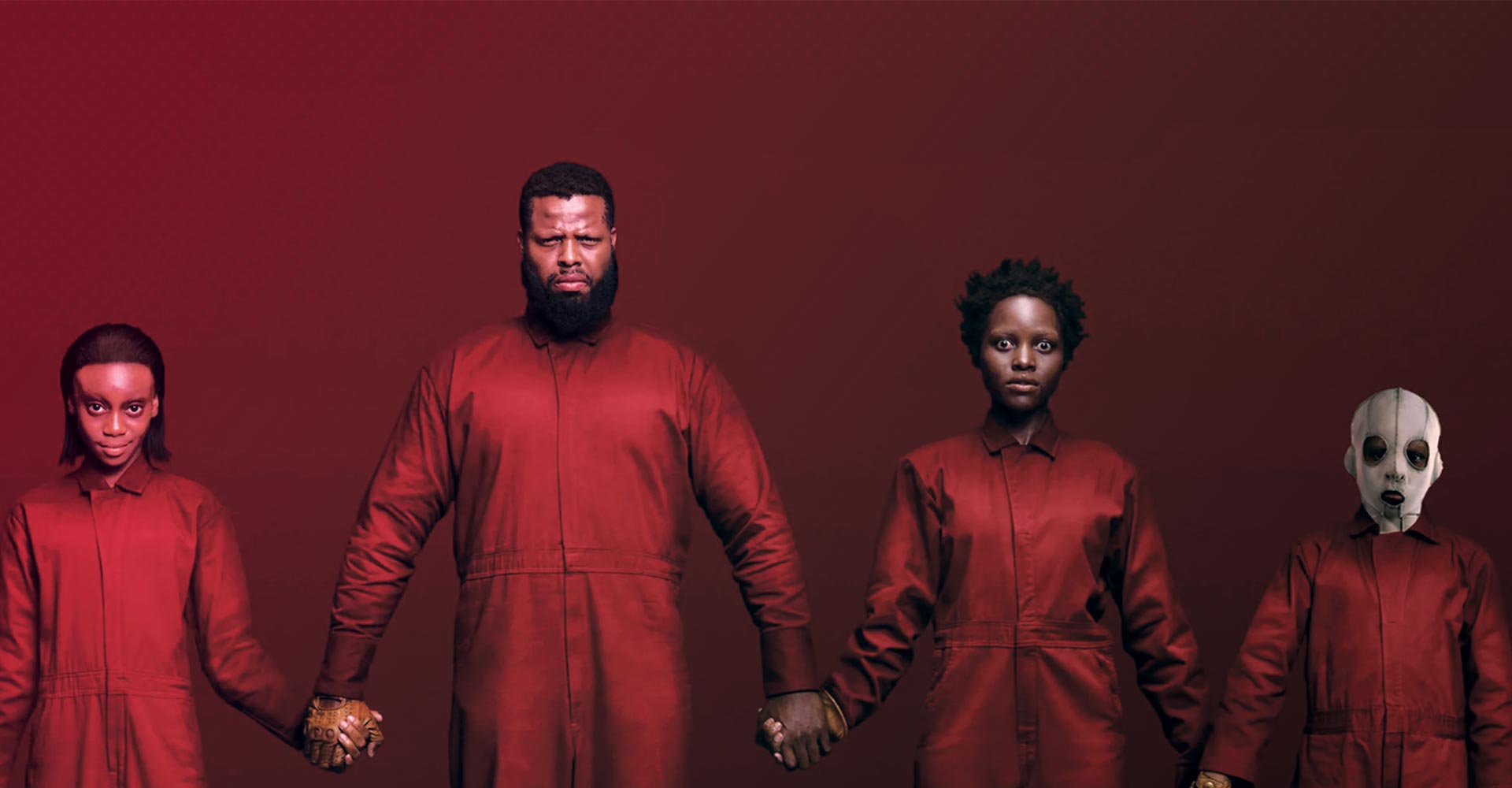
Jordan Peele uses imagery and a menacing plot to make important points regarding the state of racism in America, the impacts of racism on Black people, and the enormous horrors behind the disregard of Black people’s importance by racist white people. Get Out is both terrifying and crucial, and is among the best horror debuts to come in recent years.
Jordan Peele’s 2019 Us
Jordan Peele has made the statement that Get Out was a film for “post-racial” America intended to reflect on the horrors that still face the country, even past the civil rights movement and election of a Black president. With his movie Us, Peele focuses less on making a racial statement in his plot, and instead makes a statement by having primarily Black actors for the movie. The plot is not influenced largely by racial themes, however by casting an almost entirely Black cast, Jordan Peele is still able to bring racial equality to the forefront of the film.
The plot of Us is more complicated than Get Out yet equally as horrific. In the movie, Red, as depicted by actress Lupita Nyong’o, returns to a beach house with her family that she frequently visited as a child. When Red was young, she visited a funhouse on the boardwalk where she entered a house of mirrors and encountered a doppelgänger of herself.
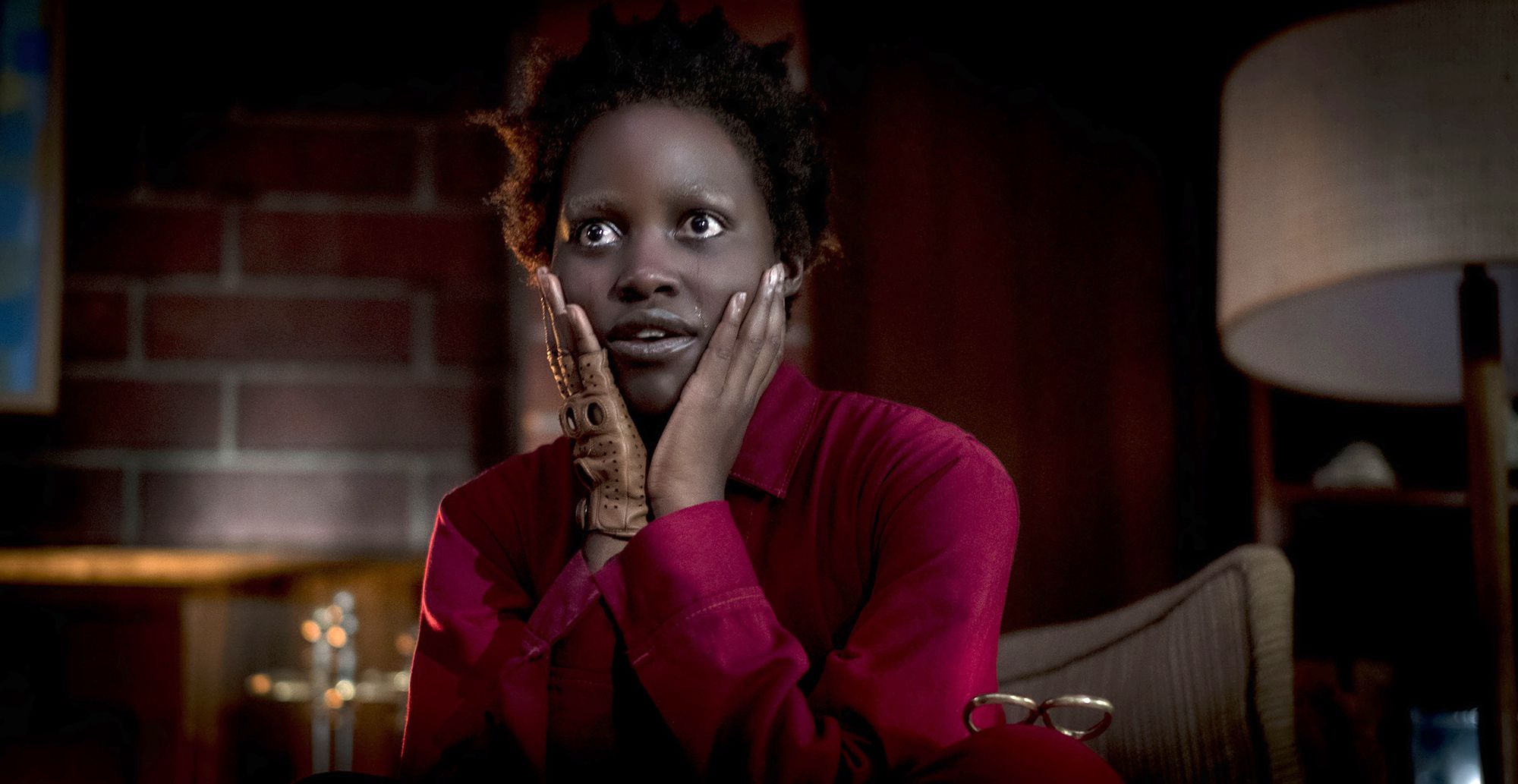
As an adult she is haunted by the memory, and the plot quickly takes a turn as the doppelgängers of the entire population arise from beneath the surface of the earth, revealing an obscure CIA plot that initiated the creation of a replacement human race. Now, plagued by decades of abuse and confusion in government labs, the doppelgängers want to kill their human counterparts to become the soul survivors and lead their own lives.
The plot is complicated, covering an understanding of an obscure parallel universe where everything humans do on the surface is also done by the doppelgängers — but in abandoned government labs. The movie is artfully done, and as the plot is revealed, the movie becomes increasingly horrific. As mentioned before, this movie does not focus on race as its plot — but with an incredible cast and haunting imagery, the movie goes down as a stunning addition to Peele’s filmography.
Us‘ Statement
The cast of Us is stunning, featuring Academy Award winning actress Lupita Nyong’o and Marvel Universe’s Winston Duke as the two parents and leads in the film. Jordan Peele’s casting of the film was strategic, aiming to make a larger statement about race by almost completely ignoring it in the plot, but specifically casting Black actors and actresses as the leads.
Jordan Peele revealed this decision as a statement for the prevalence of Black actors in horror films. Stereotypically, there is a token Black person in a horror film, and the stereotype is the “Black person always dies first.” This film trope is not uncommon or new. It was primarily popularized in the ’80s era of slasher flicks, like Friday The 13th, where the Black character is the first victim of the film.
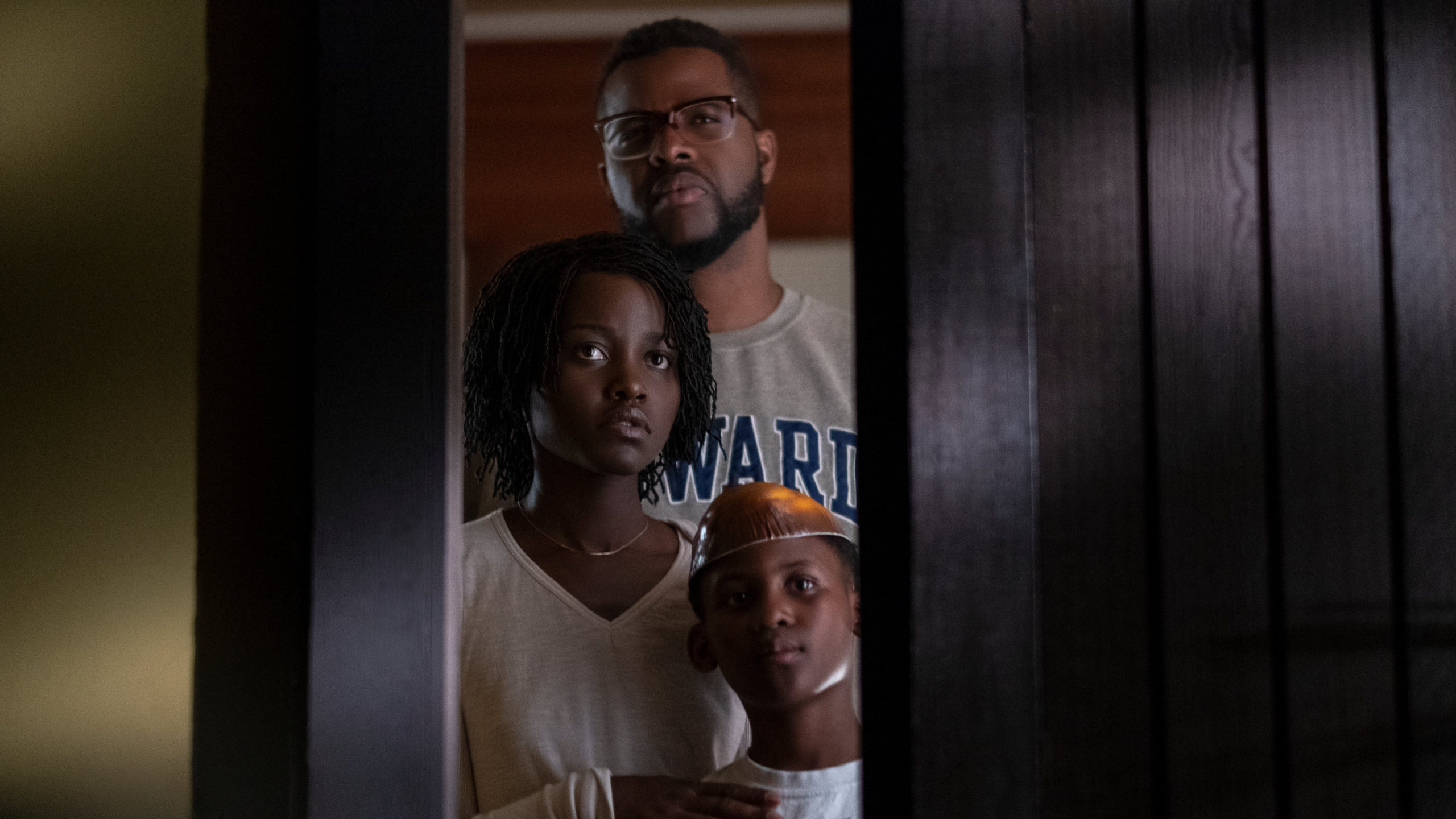
On the contrary, none of the original Black characters die in this film. Instead, they are pinned against their doppelgängers to survive. In some ways, there is still death of Black characters in the film. However, they are not the first to go — and they are not the only ones to go, which is often the case in primarily white-casted horror.
While Peele made statements regarding his intention of ignoring race in the plot of Us, he still changes the narrative regarding the common and racist film trope by allowing all of his lead Black characters to survive. In doing so, Peele subtly and strategically makes a statement for the strength and fortitude of Black people who often are written off as weak and vulnerable in primarily white horror narratives.
The Haunting Imagery
The main component of a film that qualifies it as horror is typically the haunting imagery in the film. Jordan Peele’s Get Out uses imagery and symbolism to contribute to a message, however, Us uses imagery to do something simple: horrify audiences.
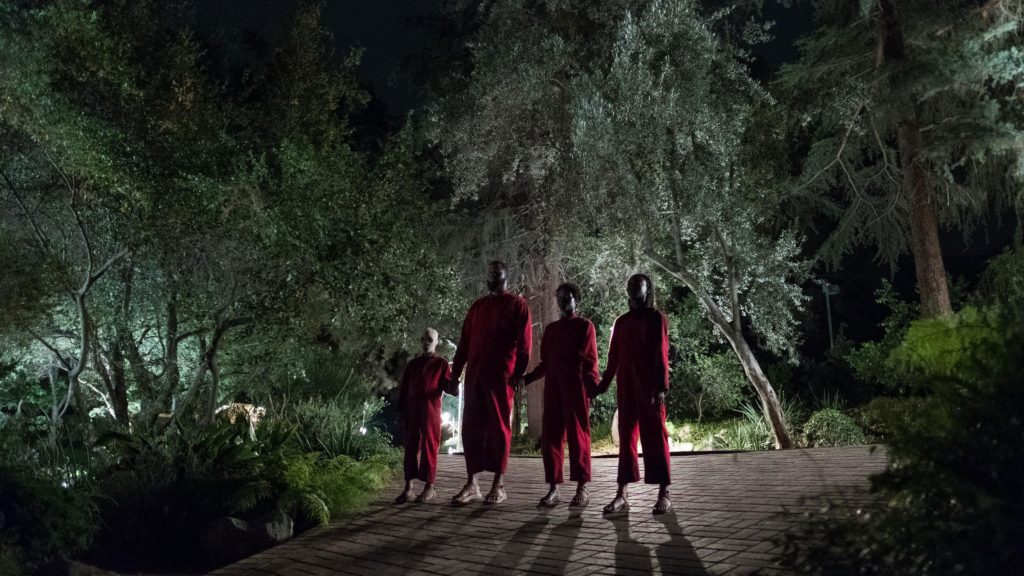
The plot focuses on the original humans surviving their doppelgängers’ attacks, and the imagery associated with the doppelgängers presence is eerie and terrifying. Unity is emphasized among the doppelgängers, where they are seen holding hands and wearing the same red uniforms throughout the film. This theme of unity is both horrific and ironic. Rather than wanting to live peacefully among their human counterparts, the doppelgängers main goal is to deny any kind of unity by killing the humans to become the only version of themselves.
This denial of unity and turn to violence is an important part of what makes the movie horror in the first place. If the doppelgängers became best friends with the human copies, it would not be a horror movie at all. In addition to this symbolism, other graphic scenes horrify audiences by showing a child doppelgänger walking to its death in a car fire after the human copy learns the doppelgängers mirror all behaviors of the humans. The scene is drawn out and slow, and because of this, it becomes one of the most haunting pieces of imagery in the film.
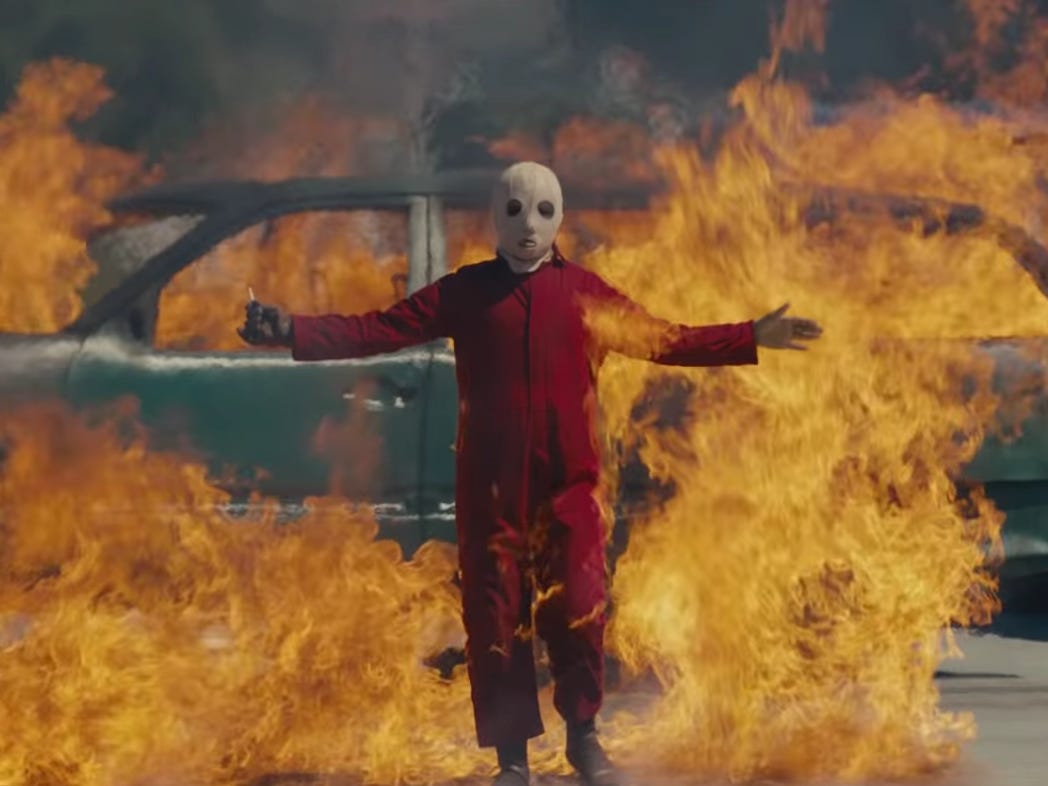
While the movie Us is clearly more focused on horror rather than a racial statement, it is still consistent and unique with Peele’s other film. As a comedy writer for decades, Peele was able to strategically and masterfully input moments of comedy throughout his two films, which set them apart as uniquely Jordan Peele. What other movie can both terrify and haunt audiences, yet still tastefully input laughter between the gore? It is this component that especially puts Jordan Peele at the top of the horror genre.
A Future For Peele Horror?
Regardless of the release date for Candyman, Jordan Peele fans can find solace in the availability of his two amazing horror films, Us and Get Out.
In addition to Candyman, Jordan Peele is also working on a dark animated movie that he is co-writing with Keegan Michael Key called Wendell and Wild, set to be released in 2021. When Peele initially hit the horror scene, news made note of his mention of hundreds of horror ideas for films. If we’re lucky, Jordan Peele will be releasing horror films for a long time, and by doing so, carry on his reign as the new king of horror for decades to come.
